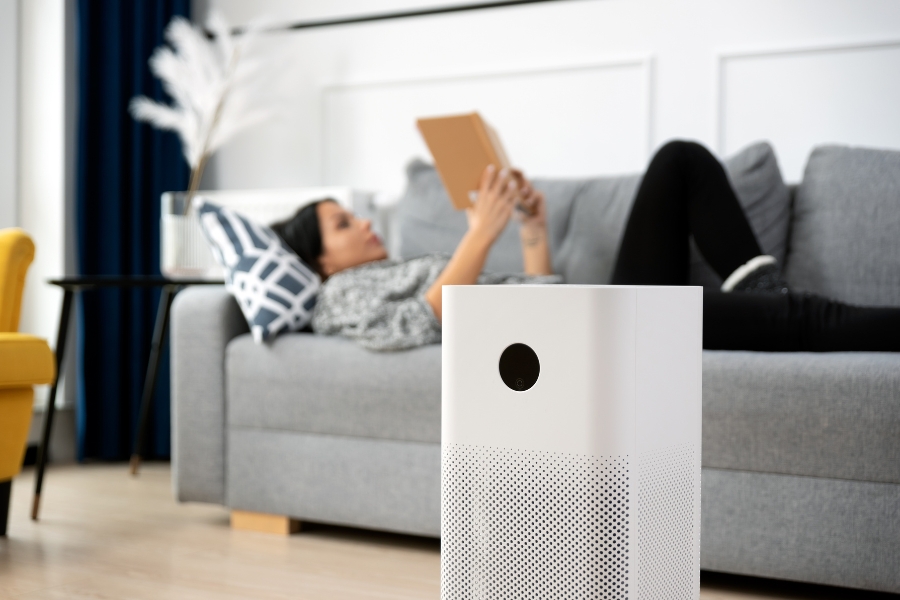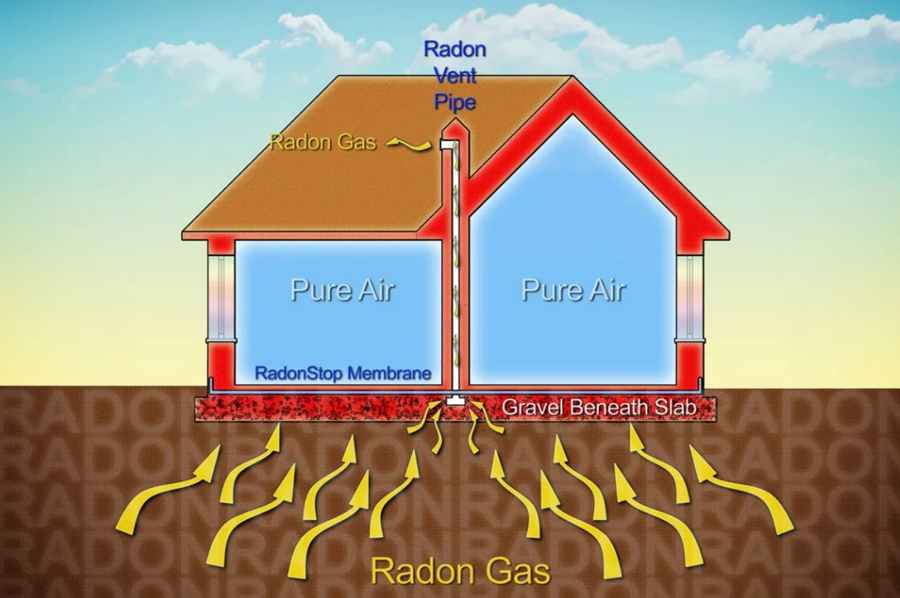Breathing clean, fresh air isn’t just a luxury; it’s a necessity for good health. Yet, many people overlook the importance of indoor air quality, focusing only on outdoor pollution levels. This post aims to change that perspective by offering a comprehensive guide to breathing easier and healthier right in your own home. From understanding the basics of indoor air quality to choosing the right houseplants and air purifiers, you’ll find practical tips and actionable advice. So, let’s dive in and explore how to create a home environment that promotes well-being with every breath you take.
Contents
Understanding Indoor Air Quality
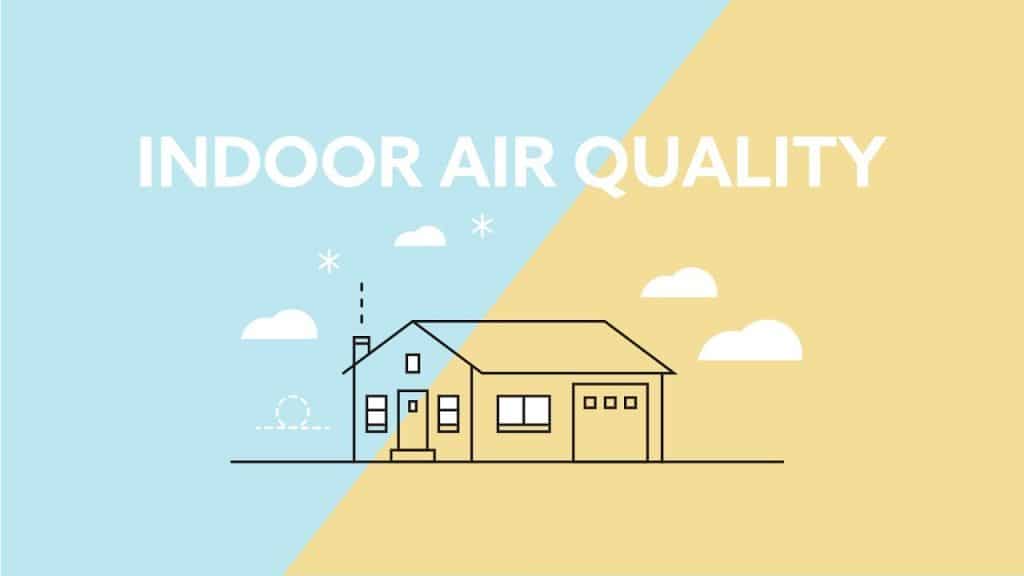
Indoor air quality, often abbreviated as IAQ, refers to the cleanliness and safety of the air within enclosed spaces. Poor IAQ can result from a variety of pollutants, such as dust, pet dander, and volatile organic compounds (VOCs). These pollutants can have a range of health impacts, including triggering allergies, causing respiratory issues, and even leading to chronic fatigue. Therefore, understanding what affects your home’s air quality is the first step toward creating a healthier living environment.
The health implications of poor indoor air quality can be severe. Allergies can become exacerbated, leading to more frequent outbreaks and discomfort. Respiratory conditions like asthma can worsen, making it difficult to breathe and carry out daily activities. Even if you don’t have pre-existing health conditions, poor IAQ can lead to symptoms like headaches, fatigue, and eye irritation. Given these potential health risks, it becomes crucial to take steps to improve the air quality in your home.
The Role Of Ventilation
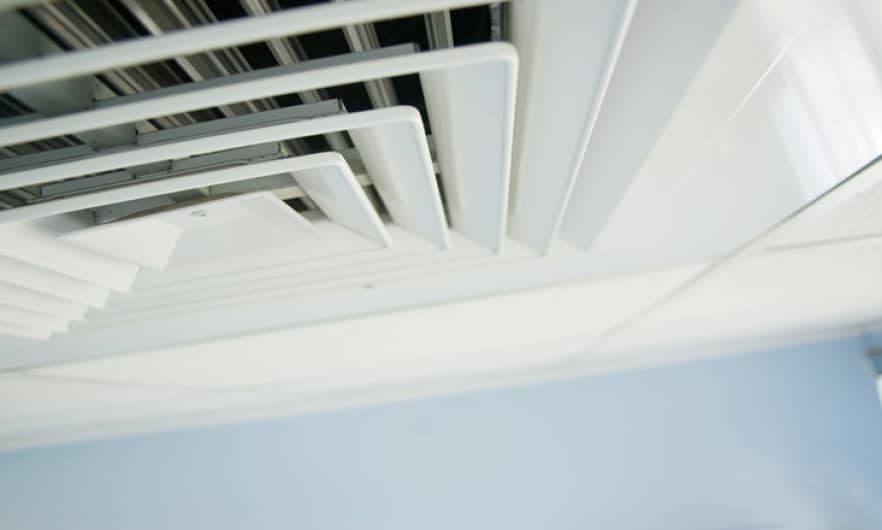
Ventilation plays a pivotal role in maintaining good indoor air quality. It helps to circulate fresh air inside your home while expelling stale, polluted air. There are two main types of ventilation: natural and mechanical. Natural ventilation relies on windows, doors, and other openings to allow air to flow freely. On the other hand, mechanical ventilation uses fans and ventilation systems to control air circulation.
Effective ventilation is more than just opening a window; it’s about creating a system that allows for consistent air exchange. For instance, cross-ventilation can be achieved by opening windows on opposite sides of a room, allowing for a more effective flow of air. Exhaust fans in bathrooms and kitchens can help remove moisture and odors, contributing to a healthier indoor environment. By understanding and implementing proper ventilation techniques, you can significantly improve the air quality in your home.
Houseplants For Cleaner Air

Houseplants do more than just add aesthetic appeal to your home; they can also purify the air. According to NASA’s Clean Air Study, certain plants are effective at removing pollutants like formaldehyde, benzene, and trichloroethylene from the air. Some of the most recommended houseplants for this purpose include the Spider Plant, Snake Plant, and Peace Lily. These plants are not only effective at cleaning the air but are also relatively easy to care for, making them ideal choices for any home.
Taking care of houseplants requires some basic knowledge and routine. Overwatering or underwatering can affect their health and, consequently, their ability to purify air. Similarly, placing them in areas with either too much or too little light can also have adverse effects. By understanding the specific needs of each plant and providing the proper care, you can maximize their air-purifying capabilities and contribute to a healthier home environment.
Air Purifiers: Do They Work?
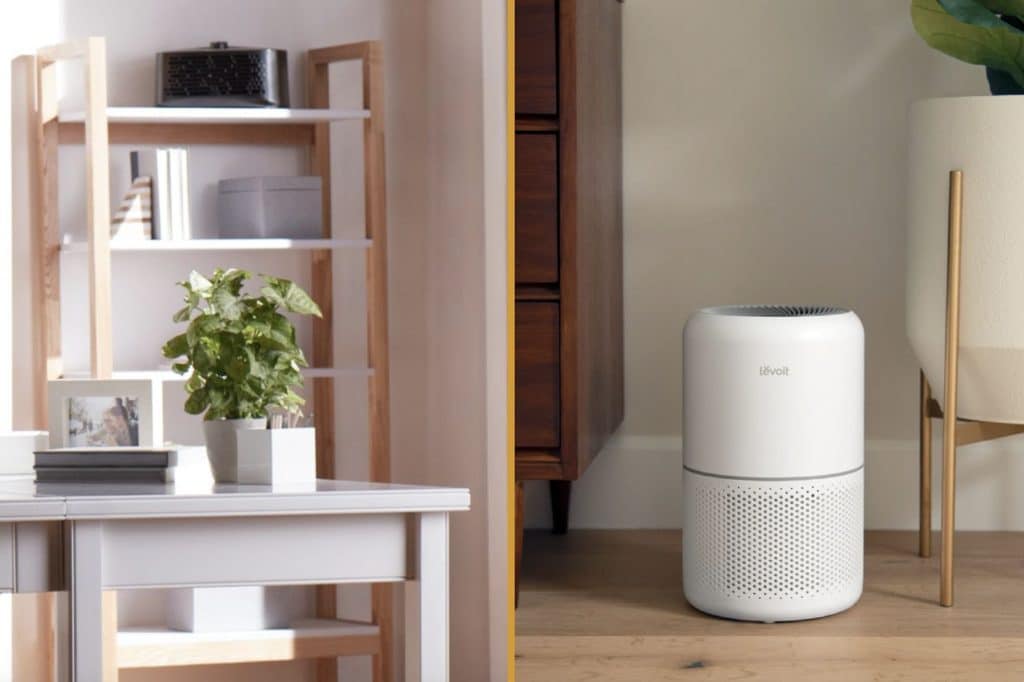
Air purifiers have gained popularity as a quick fix for improving indoor air quality. These devices come in various types, including HEPA (High-Efficiency Particulate Air) filters, activated carbon filters, and ionizers. Each type targets specific pollutants: for example, HEPA filters are excellent at trapping particulate matter like dust and pollen, while activated carbon filters are effective against odors and gasses.
Choosing the right air purifier can be a daunting task, given the plethora of options available. It’s essential to consider the size of the area you want to purify, the types of pollutants you’re most concerned about, and any specific health needs you may have. Reading reviews and consulting experts can provide valuable insights into the most suitable air purifier for your home. With the right device, you can make a noticeable difference in your indoor air quality.
The Hidden Dangers Of Scented Products
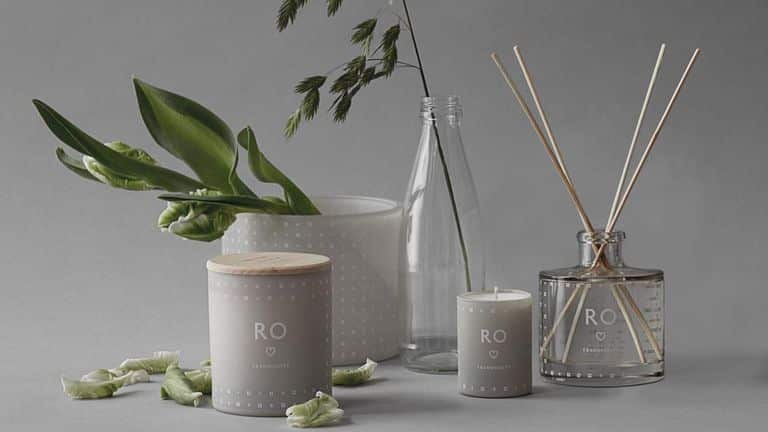
Scented products like air fresheners, candles, and essential oils may make your home smell delightful, but they can also compromise indoor air quality. Many of these products contain volatile organic compounds (VOCs) and synthetic fragrances that can irritate the respiratory system and exacerbate allergies. Even products labeled as “natural” or “organic” can sometimes emit harmful chemicals into the air, making it crucial to be cautious when using them.
Instead of relying on store-bought air fresheners, consider making your own natural alternatives. Ingredients like lemon, lavender, and eucalyptus can be used to create DIY sprays that not only smell great but are also free from harmful chemicals. Unscented products are another option to consider. By being mindful of the scented products you use, you can take a significant step toward improving your home’s air quality.
Humidity Levels: Finding The Balance
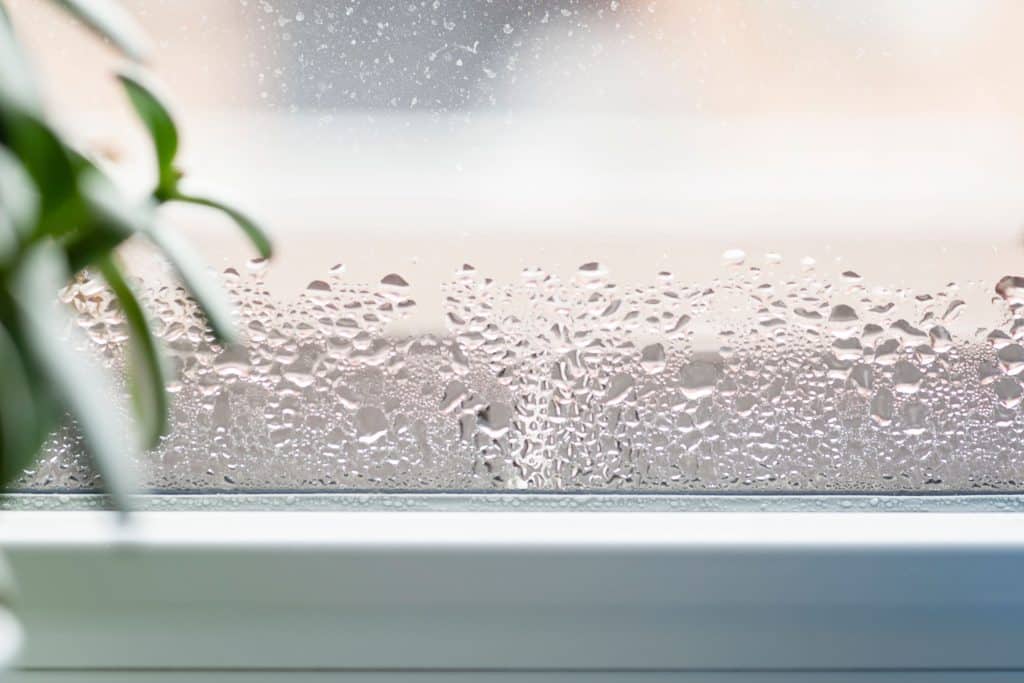
Humidity plays a crucial role in determining the quality of indoor air. Too much humidity can lead to mold growth and an increase in dust mites, both of which are harmful to respiratory health. On the other hand, too little humidity can dry out the airways and skin, leading to discomfort and potential health issues. Striking the right balance is essential for maintaining a healthy indoor environment.
To manage humidity levels effectively, consider using tools like humidifiers, dehumidifiers, and hygrometers. A hygrometer can measure the current humidity level, helping you decide whether to use a humidifier to add moisture or a dehumidifier to remove it. It’s generally recommended to keep indoor humidity levels between 30-50% for optimal comfort and health. By regularly monitoring and adjusting the humidity in your home, you can create a more breathable and comfortable living space.
Flooring And Furniture: Choose Wisely

The type of flooring and furniture in your home can also impact indoor air quality. Carpets, for instance, can trap pollutants like dust, pet dander, and even mold, making them less ideal for those concerned about respiratory health. Hardwood floors are easier to clean and less likely to harbor allergens, making them a better choice for improving air quality.
When it comes to furniture, opting for pieces made with natural fibers and low-VOC finishes can make a significant difference. Many conventional furniture items are treated with chemicals that can off-gas into your home, contributing to poor indoor air quality. By choosing furniture that is certified as low-VOC and made from natural materials, you can reduce the number of pollutants in your living space.
Regular Maintenance: A Must-Do

Regular maintenance is essential for keeping your home’s air quality at its best. This includes tasks like cleaning air ducts, replacing HVAC filters, and frequent vacuuming. Neglecting these chores can lead to a buildup of pollutants that not only affect air quality but can also lead to more severe issues like mold growth and infestations of dust mites.
Creating a maintenance schedule can help you stay on top of these tasks. For example, air ducts should be cleaned at least once a year, while HVAC filters may need to be replaced every 1-3 months, depending on the type and usage. Natural cleaning solutions like vinegar and baking soda can be effective for cleaning without adding chemical pollutants to the air. By adhering to a regular maintenance schedule, you ensure a healthier, more breathable home for you and your family.
Breathe Easy, Live Better
Armed with practical tips and actionable advice, you’re now well-equipped to make your home a sanctuary of clean, healthy air. The journey toward better indoor air quality is ongoing, but each step you take brings immediate benefits to your health and well-being. So don’t wait! Start implementing these changes today, and relish the peace of mind that comes from knowing you’re creating a healthier environment for yourself and your loved ones!
